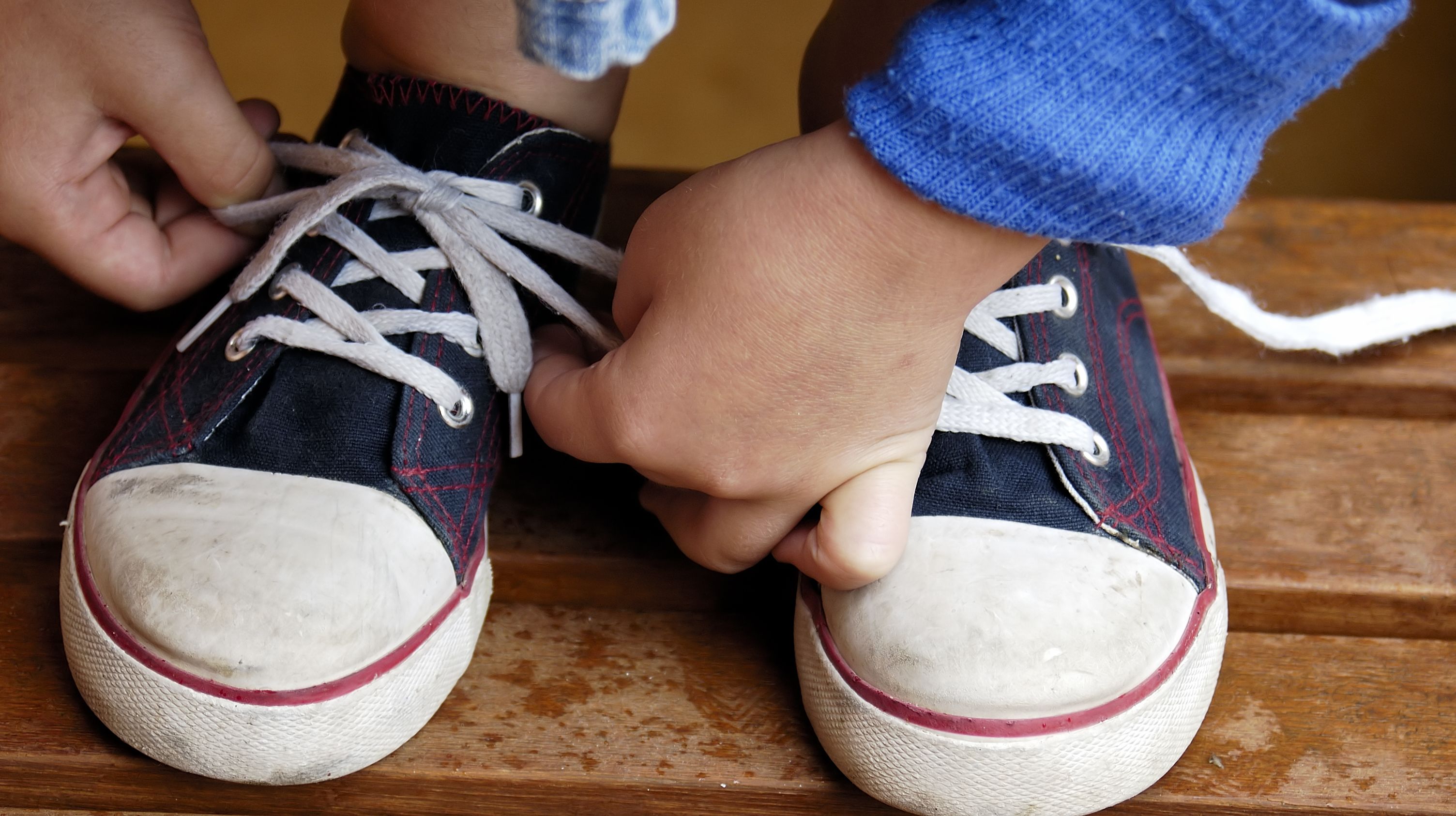US Fulfillment Services Bring Overseas Business To Americans
 Looking for a brand new technique to put on one thing old however beloved? Searching for contemporary methods to rework your fundamentals? These three shopping websites are a great source of quirky but accessible styling ideas.
Looking for a brand new technique to put on one thing old however beloved? Searching for contemporary methods to rework your fundamentals? These three shopping websites are a great source of quirky but accessible styling ideas.
The website also affords tutorials and workshops for sellers to supply them with data on operating an as an internet merchant. Registered sellers even have access to a Seller Zone situated in Kuala Lumpur which is supplied with images studios and coaching rooms which are designed to support sellers in their enterprise. For clothes firms waiting to get into India, where a complex set of rules limits overseas investment, the online retailers can present a useful shopper testing ground.
is the style vacation spot for luxurious attire. They characteristic curated collections of both runway and high-road fashions. Their designer roster consists of as Dsquared2, Diesel, Rag & Bone, Marc Jacobs, Alice + Olivia, Givenchy, …
 These are two widespread streets in Paris which hosts massively giant departmental shops like Printemps and Galeries Lafayette. Like most popular shops they too characteristic designer collections, gourmand meals, household goods, jewellery, hardware and rather more. The Printemps Department retailer also boasts of a giant rooftop terrace with panoramic views of Paris. Visitors choose this procuring area as something they desire is offered here. Boulevard Hausmann is about 2.5 kilometres and is likely one of the tree-lined boulevards in Paris.
These are two widespread streets in Paris which hosts massively giant departmental shops like Printemps and Galeries Lafayette. Like most popular shops they too characteristic designer collections, gourmand meals, household goods, jewellery, hardware and rather more. The Printemps Department retailer also boasts of a giant rooftop terrace with panoramic views of Paris. Visitors choose this procuring area as something they desire is offered here. Boulevard Hausmann is about 2.5 kilometres and is likely one of the tree-lined boulevards in Paris.
 Steam options are growing despite Steam being the chief in digital recreation distribution. Find the very best sites like Steam on this page where you should buy and play video games in digital format.
Steam options are growing despite Steam being the chief in digital recreation distribution. Find the very best sites like Steam on this page where you should buy and play video games in digital format. Once upon a time, women around the globe spent their Saturday afternoons in a highly air conditioned construction referred to as a shopping mall. The mall” was a place to be, it gave you the opportunity to strive on clothes, footwear and equipment and produce them dwelling the exact same day. Then the internet got here around and issues began to change, on-line procuring grew to become the newest craze. With on-line shopping sites, a complete new world of products became out there at a click on of a mouse and delivered proper to the doorstep. Thanks to the web, you’ll be able to sit in bed while shopping for a blouse from a boutique in New York, store your cult-favourite brands, and choose up designer goods at a fraction of the price.
Once upon a time, women around the globe spent their Saturday afternoons in a highly air conditioned construction referred to as a shopping mall. The mall” was a place to be, it gave you the opportunity to strive on clothes, footwear and equipment and produce them dwelling the exact same day. Then the internet got here around and issues began to change, on-line procuring grew to become the newest craze. With on-line shopping sites, a complete new world of products became out there at a click on of a mouse and delivered proper to the doorstep. Thanks to the web, you’ll be able to sit in bed while shopping for a blouse from a boutique in New York, store your cult-favourite brands, and choose up designer goods at a fraction of the price.